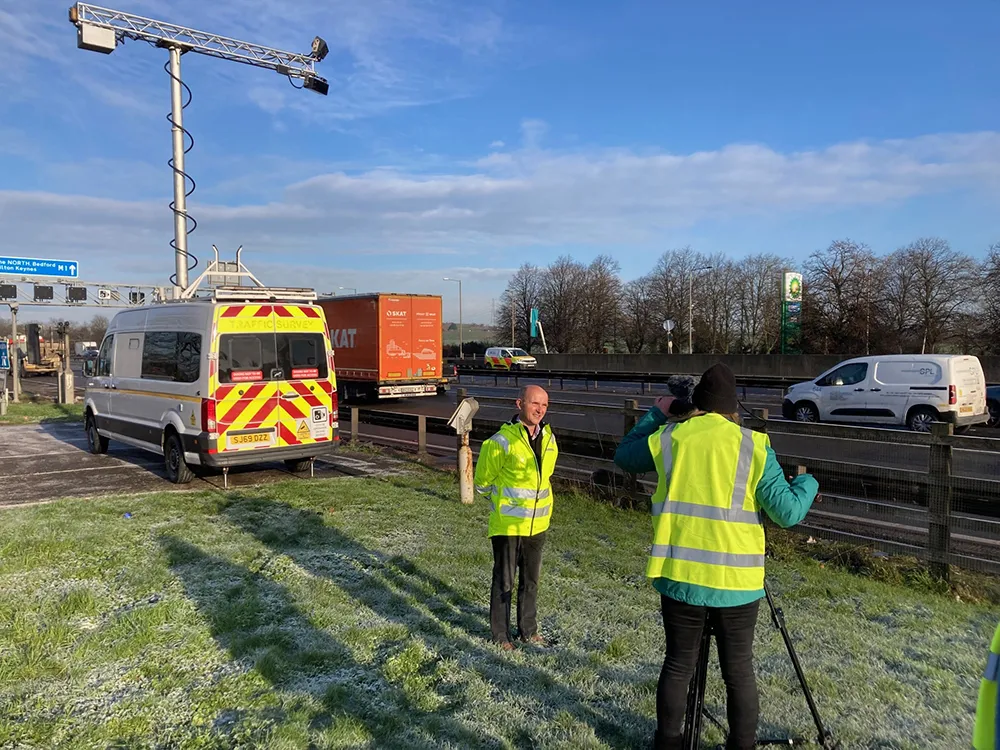Recognising that the benefits of high occupancy carpooling lanes are severely limited when motorists do not abide by the rules, Xerox has launched its vehicle passenger detection system, a HOV/HOT lane compliancy test system that uses Xerox video analytics to identify the number of occupants in a vehicle.
Unlike competing solutions, the Xerox system identifies the number of occupants in a vehicle with better than 95 per cent accuracy at speeds ranging from stop-go traffic to 100 mph.
Using patented vi
April 4, 2014
Read time: 2 mins
Recognising that the benefits of high occupancy carpooling lanes are severely limited when motorists do not abide by the rules, 4186 Xerox has launched its vehicle passenger detection system, a HOV/HOT lane compliancy test system that uses Xerox video analytics to identify the number of occupants in a vehicle.
Unlike competing solutions, the Xerox system identifies the number of occupants in a vehicle with better than 95 per cent accuracy at speeds ranging from stop-go traffic to 100 mph.
Using patented video analytics and geometric algorithms, the roadside detection unit can distinguish between empty and occupied seats. When a violation is detected, the information can be reported to the relevant enforcement agency in real time so an officer can visually confirm the information and potentially issue a citation.
Designed for tolling agencies managing HOT lanes and transportation departments as well as state law enforcement officers seeking better HOV enforcement, Xerox’s detection system can produce valuable analytics for agencies to improve road management, traffic patterns and total vehicle occupant statistics.
“Today, officers must park on the shoulder of a highway and quickly merge into traffic to chase down the violator, putting both the officer and the public at risk,” said Mark Cantelli, vice president, CTO, Government and Transportation Sector, Xerox. “This detection system automates the process and improves safety through the use of high-quality images and the generation of an evidence package.”
Unlike competing solutions, the Xerox system identifies the number of occupants in a vehicle with better than 95 per cent accuracy at speeds ranging from stop-go traffic to 100 mph.
Using patented video analytics and geometric algorithms, the roadside detection unit can distinguish between empty and occupied seats. When a violation is detected, the information can be reported to the relevant enforcement agency in real time so an officer can visually confirm the information and potentially issue a citation.
Designed for tolling agencies managing HOT lanes and transportation departments as well as state law enforcement officers seeking better HOV enforcement, Xerox’s detection system can produce valuable analytics for agencies to improve road management, traffic patterns and total vehicle occupant statistics.
“Today, officers must park on the shoulder of a highway and quickly merge into traffic to chase down the violator, putting both the officer and the public at risk,” said Mark Cantelli, vice president, CTO, Government and Transportation Sector, Xerox. “This detection system automates the process and improves safety through the use of high-quality images and the generation of an evidence package.”










